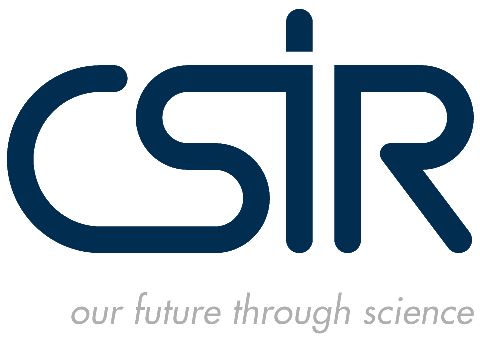

South Africa has enormous untapped renewable energy supplies of sunlight, on par with the best in the world, in large, low-populated areas. At the same time, the country is one of the largest polluters of the atmosphere with greenhouse gases, with an annual carbon dioxide emission of 10 tonnes per capita. 65% of it is emitted at point sources and is due to electricity production in 14 coal-fired power plants and in another major industrial installation.
In order to reduce the contribution of the country to global warming, a group in the Chemistry Department of the University of Pretoria has started a programme that intends to capture this carbon dioxide and convert it to liquid fuels such as methanol or gasoline, using solar energy. These liquids are suitable for storage of large amounts of energy in chemical form, much better than batteries or other means of energy storage, to cope with the cyclic nature of the daily energy demand and the availability alternative energies. They can also be transported over large distances by rail, road or sea with existing infrastructure and may thus even be lucrative for export. Methanol can be used in internal combustion engines or turbines, or in fuel cells, for back-conversion to electrical power. Further motivation comes from the continuous drop of prices for photovoltaic modules over the past years which lead to the expectation of a break-even of costs of solar electricity with coal-based electricity in less than 10 years.
The programme is currently starting off with fundamental research aiming at novel electrochemical processes which will later be up-scaled for industrial applications.
Prof. Egmont Rohwer and Prof. Emil Roduner
Department of Chemistry
University of Pretoria
South Africa
06 May 2014
| Partner Institutions | Research Team | |
|---|---|---|
 |
CSIR Council for Scientific and Industrial Research |
Kenneth I. Ozoemena, PI |
 |
Empa Swiss Federal Laboratories for Materials Science and Technology |
Florent Boudoire, Phd Student Artur Braun, PI |
 |
University of Basel | Florent Boudoire, Phd Student
Edwin C. Constable, PI |
 |
University of Pretoria | Mmantsae Diale, PI Shankara Radhakrishnan, Scientist Emil Roduner, PI Egmont Rohwer, PI |